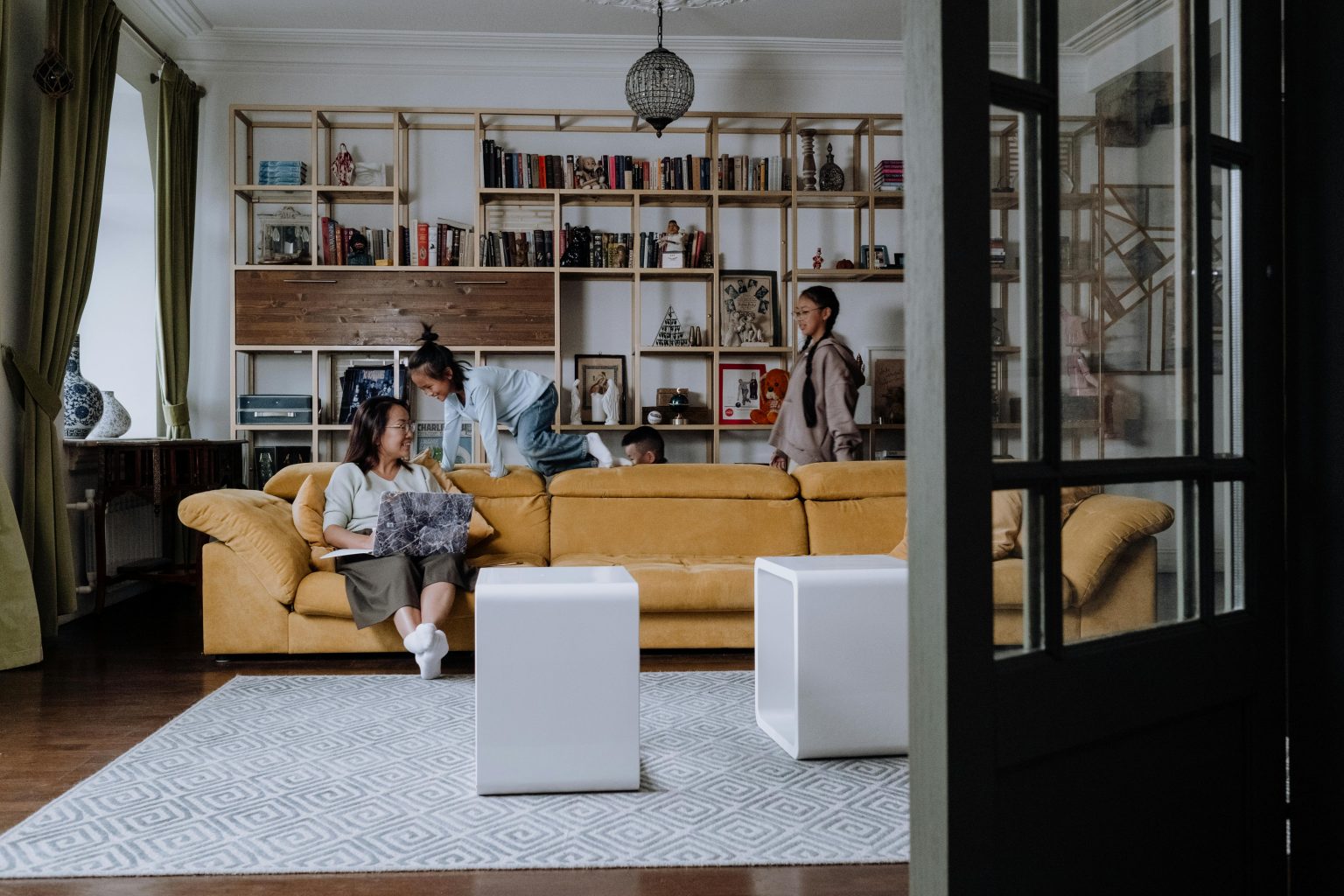Creating a Nurturing Living Room for Children with ADHD
Understanding that children with ADHD are influenced by both nature and nurture is crucial in creating a supportive environment for their development. ADHD, a neurodevelopmental disorder characterized by hyperactivity, inattention, and impulsivity, can significantly impact a child’s daily activities and interactions. Parents play a crucial role in shaping environments that cater to the unique needs of children with ADHD.
The living room, being the heart of the home, should be a space that is nurturing and engaging for children with ADHD. Here are some tips to help you create the best living room environment for your child:
Find flexible seating
Kids with ADHD often experience bursts of energy that can make them feel bored and restricted in rigid environments. Flexible seating options, such as L-shaped couches, provide room for adaptation based on your child’s needs and moods. Modular sectional couches like the Alana 5 Piece L Shaped sectional offer versatility, allowing your child to use it for various activities like movie nights, study sessions, or sleepovers.

Optimize storage solutions
Children with ADHD may struggle with organization due to inattention, leading to cluttered spaces. Utilize accessible storage solutions like labeled bins to keep the living room organized and inviting for your child. Clear bins, such as IKEA’s SAMLA bins, make it easy for children to find and store their items, promoting a sense of order and reducing stress. Involving your child in organizing their belongings can also help improve their organizational skills over time.
Use warm lights
Creating a visually soothing environment with warm lighting can help children with ADHD feel calm and comfortable in the living room. Opt for soft golden lights or consider using a dimmer to adjust the lighting based on your child’s preferences and activities. Smart dimmers like those from brands like Wemo allow you to control the lights remotely, ensuring that your child feels at ease at home.
By incorporating these tips into your living room design, you can create a nurturing and supportive environment for children with ADHD to thrive and feel comfortable in their home.

